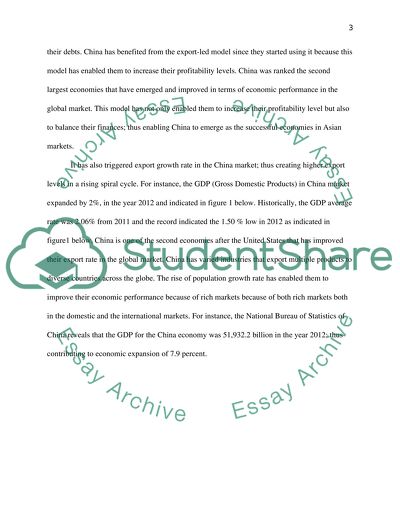Cite this document
(“The Export-Led Growth Model Essay Example | Topics and Well Written Essays - 1750 words”, n.d.)
The Export-Led Growth Model Essay Example | Topics and Well Written Essays - 1750 words. Retrieved from https://studentshare.org/macro-microeconomics/1469655-how-successful-is-the-export-led-growth-model
The Export-Led Growth Model Essay Example | Topics and Well Written Essays - 1750 words. Retrieved from https://studentshare.org/macro-microeconomics/1469655-how-successful-is-the-export-led-growth-model
(The Export-Led Growth Model Essay Example | Topics and Well Written Essays - 1750 Words)
The Export-Led Growth Model Essay Example | Topics and Well Written Essays - 1750 Words. https://studentshare.org/macro-microeconomics/1469655-how-successful-is-the-export-led-growth-model.
The Export-Led Growth Model Essay Example | Topics and Well Written Essays - 1750 Words. https://studentshare.org/macro-microeconomics/1469655-how-successful-is-the-export-led-growth-model.
“The Export-Led Growth Model Essay Example | Topics and Well Written Essays - 1750 Words”, n.d. https://studentshare.org/macro-microeconomics/1469655-how-successful-is-the-export-led-growth-model.


